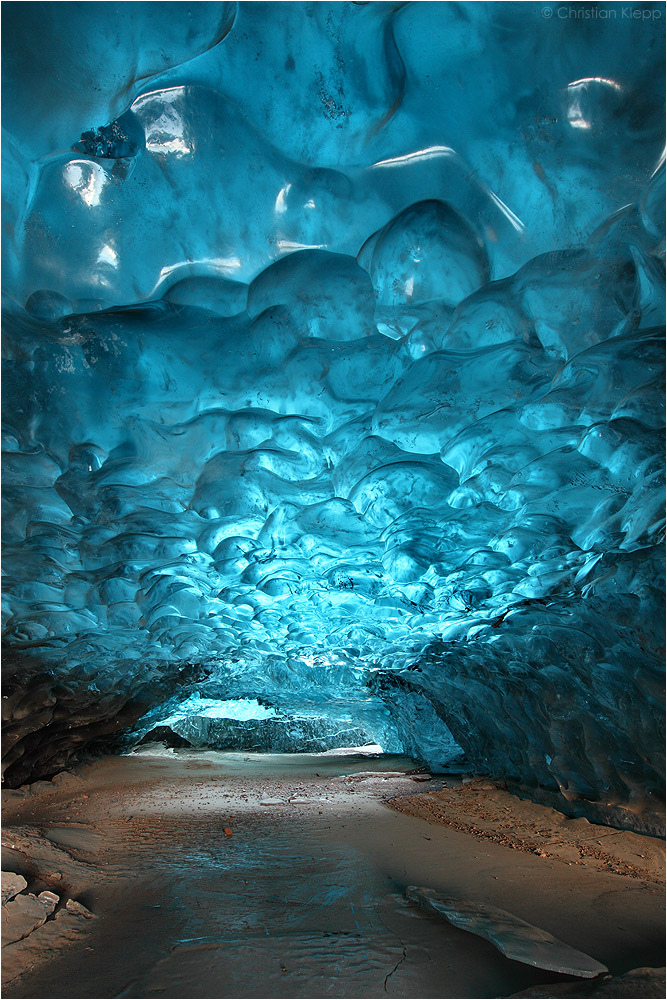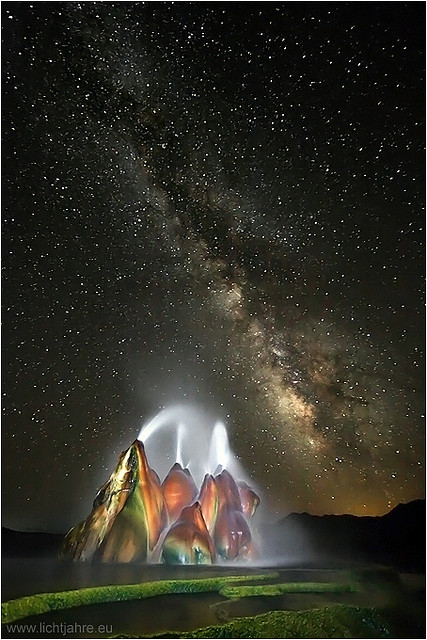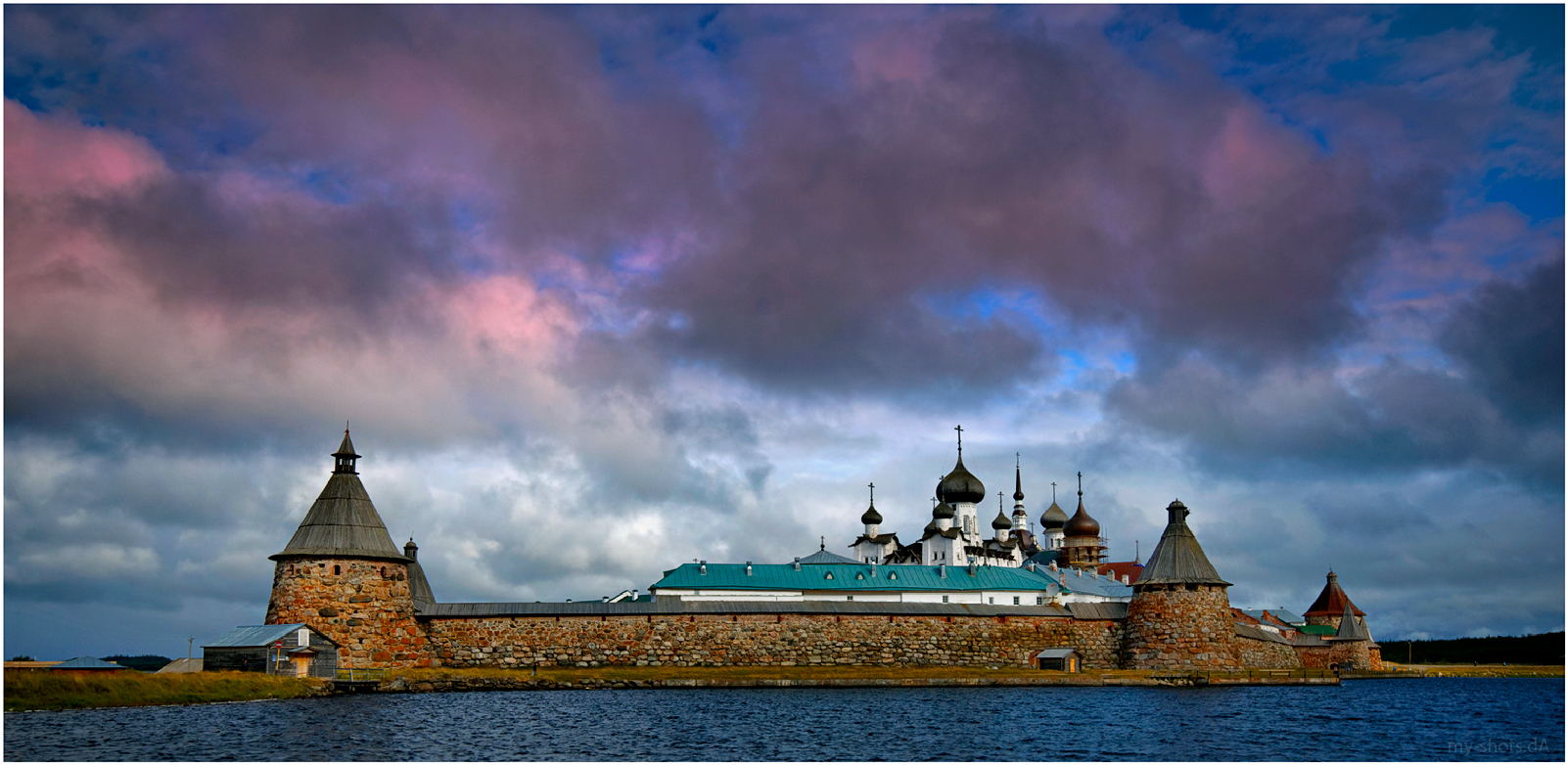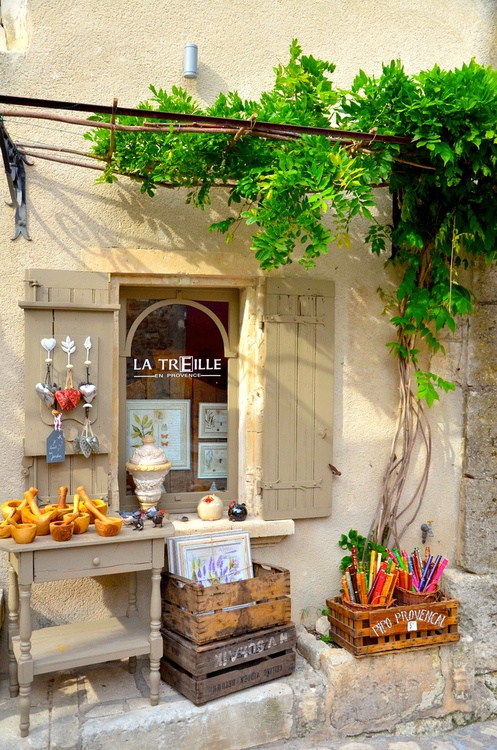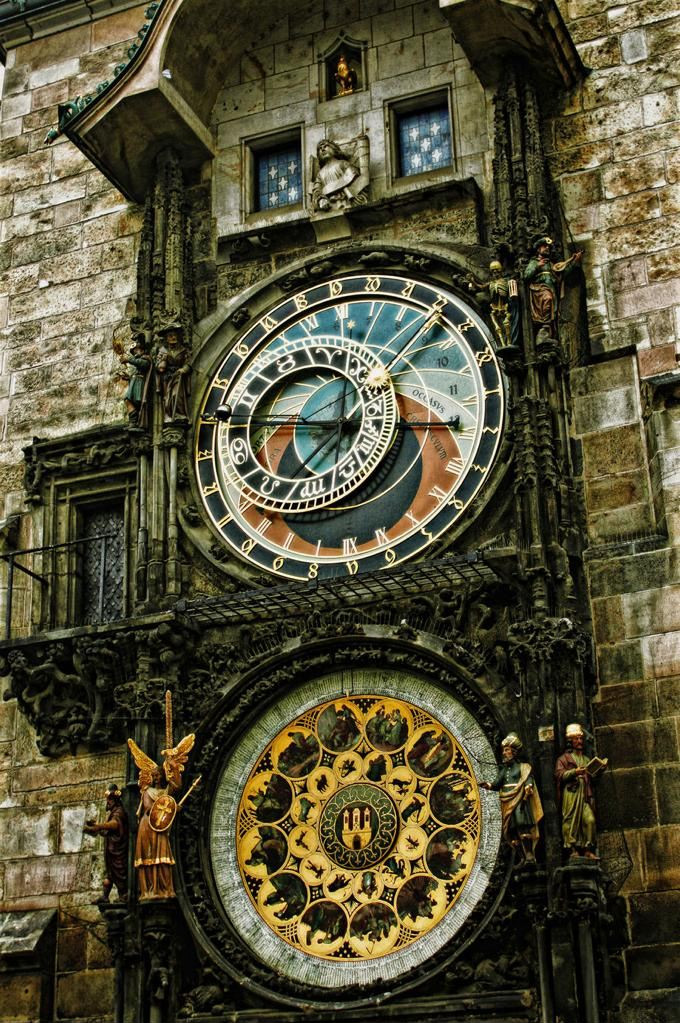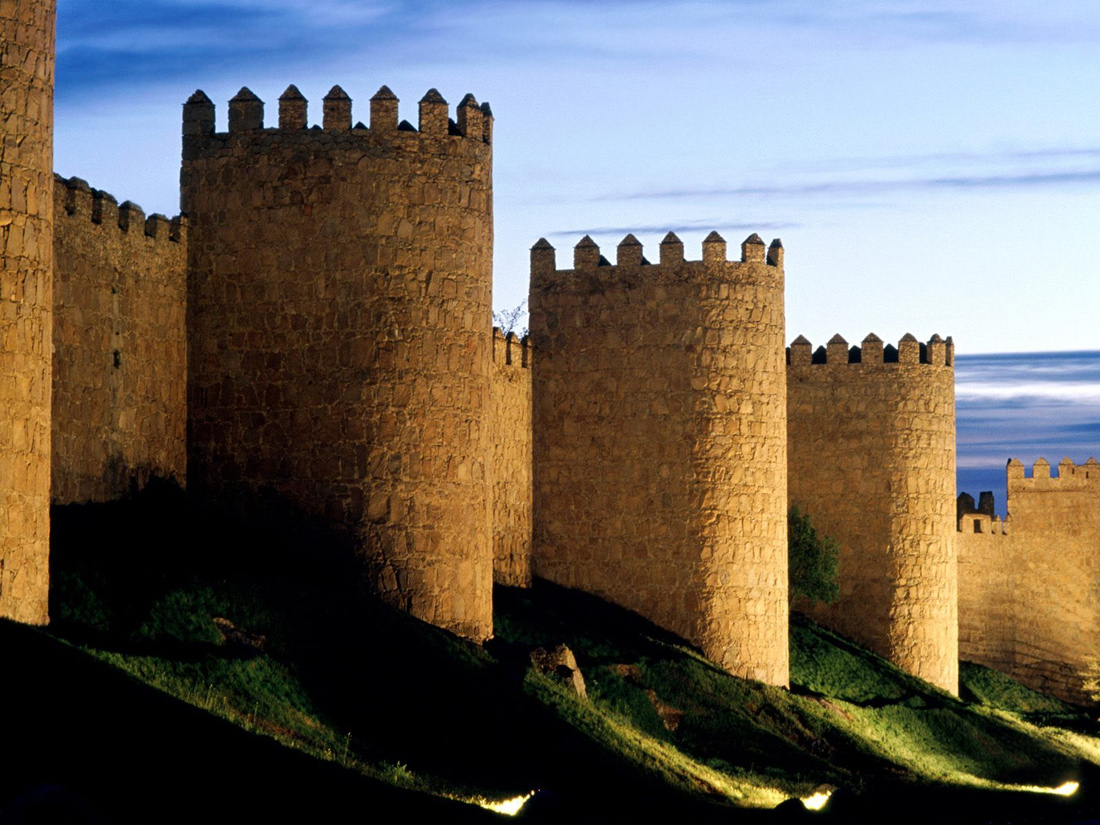Entering the deep blue of this 50 m (164 ft) long, 10 m (33 ft) wide and 1.8 m (6 ft) high ice cave on the frozen lagoon of the Svínafellsjökull glacier in Skaftafell, Iceland caused an awe-inspiring atmosphere. This up to 1000 years old snow has metamorphosed into highly pressurized glacier ice that contains almost no air bubbles. Thus it absorbs the visible light despite the scattered shortest blue fraction, giving it its distinct deep blue waved appearance. This cavity in the glacier ice formed as a result of a glacial mill, or moulin. Rain and meltwater on the glacier surface is channelled into streams that enter the glacier at crevices. The waterfall melts a hole into the glacier while the ponded water drains towards lower elevations by forming long ice caves with an outlet at the terminus of the glacier. The fine grained sediments in the water along with wind blown sediments cause the frozen meltwater stream to appear in a muddy colour while the top of the cave exhibits the deep blue colour. Due to the fast movement of the glacier of about 1 m per day over uneven terrain this ice cave cracked up at its end into a deep vertical crevice, called cerrac. This causes the indirect daylight to enter the ice cave from both ends resulting in homogeneous lighting of the ice tunnel.
photo taken from www.lichtjahre.eu

